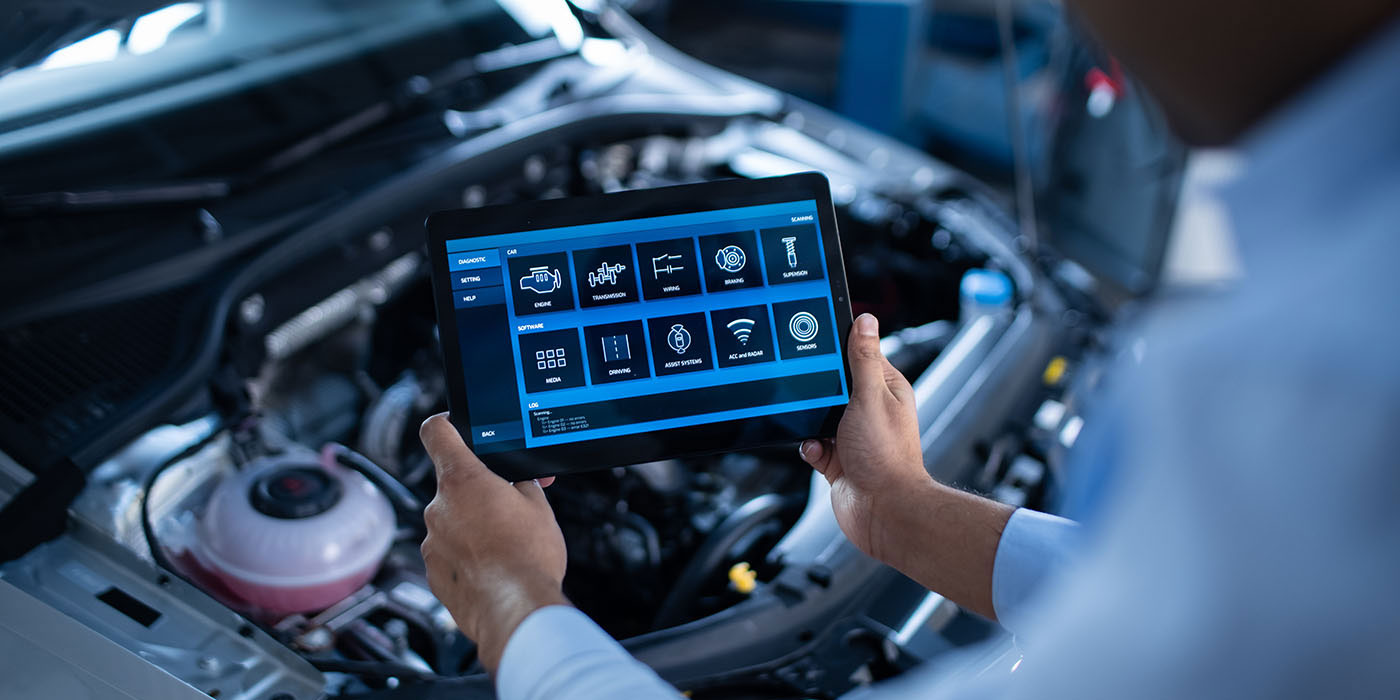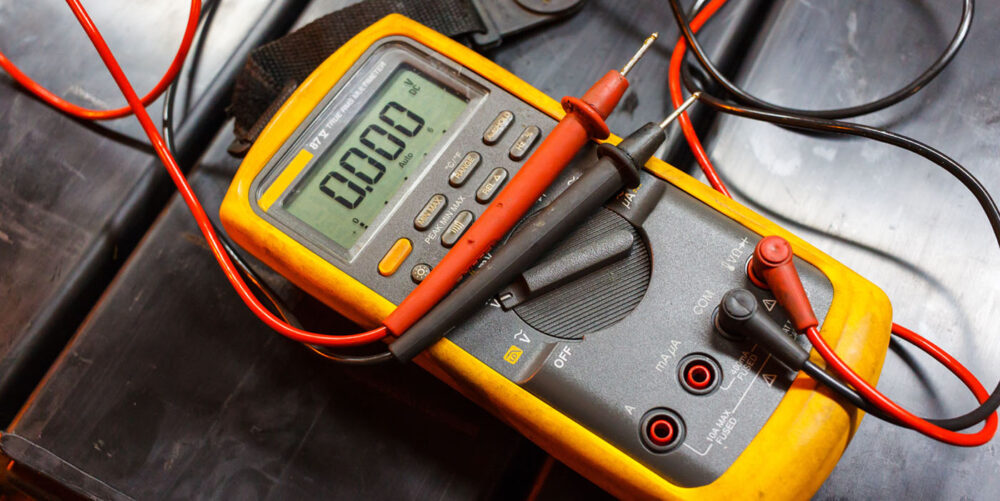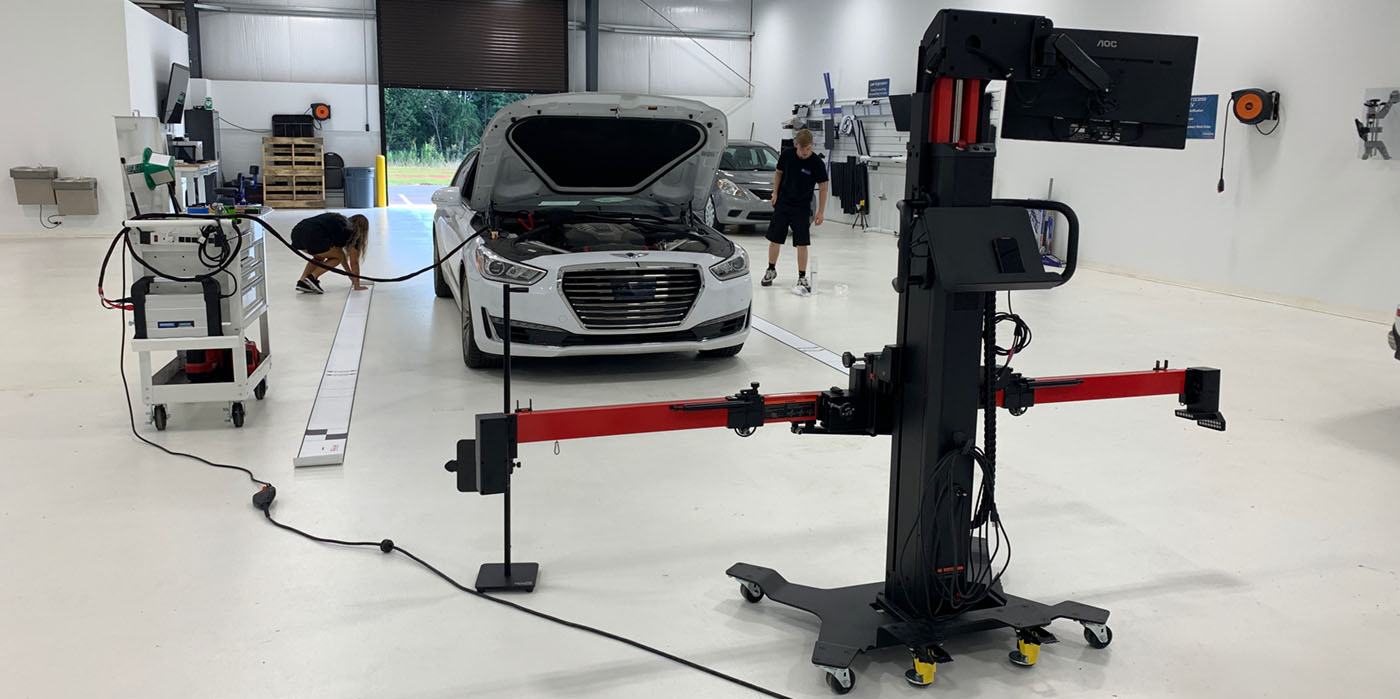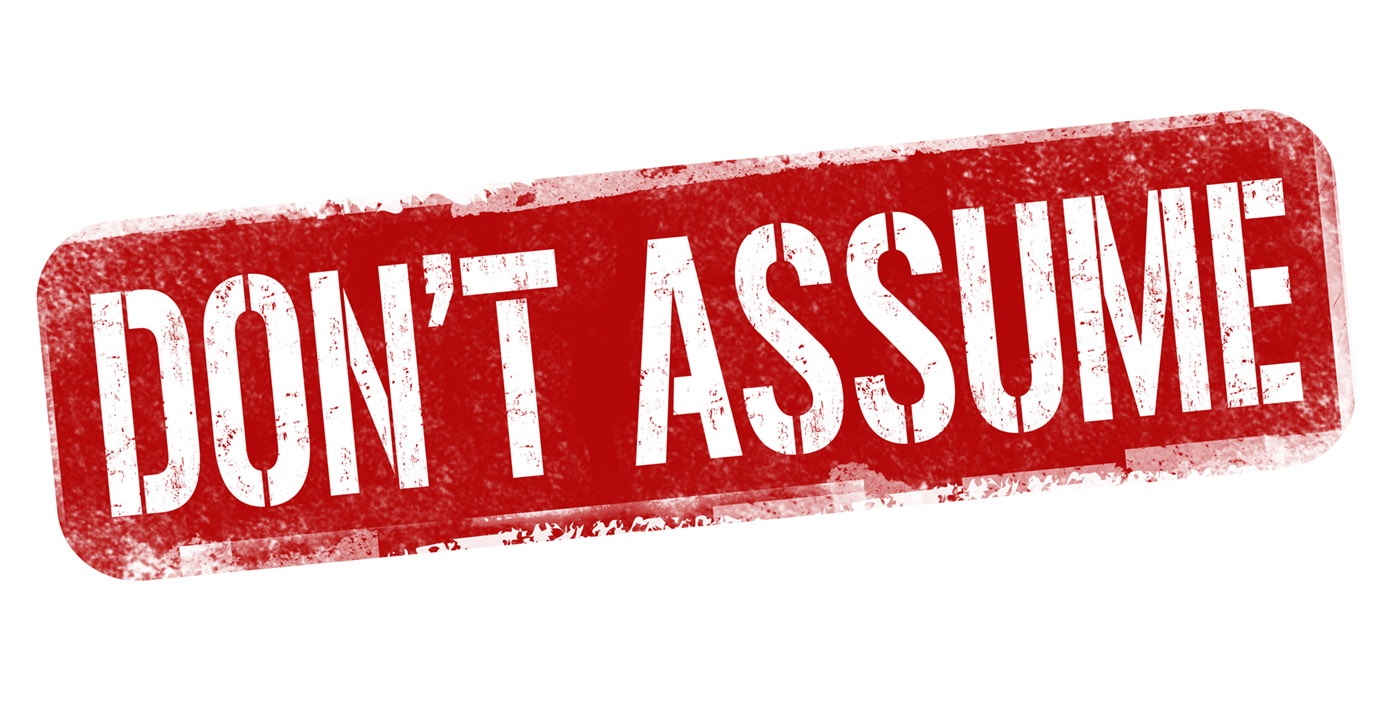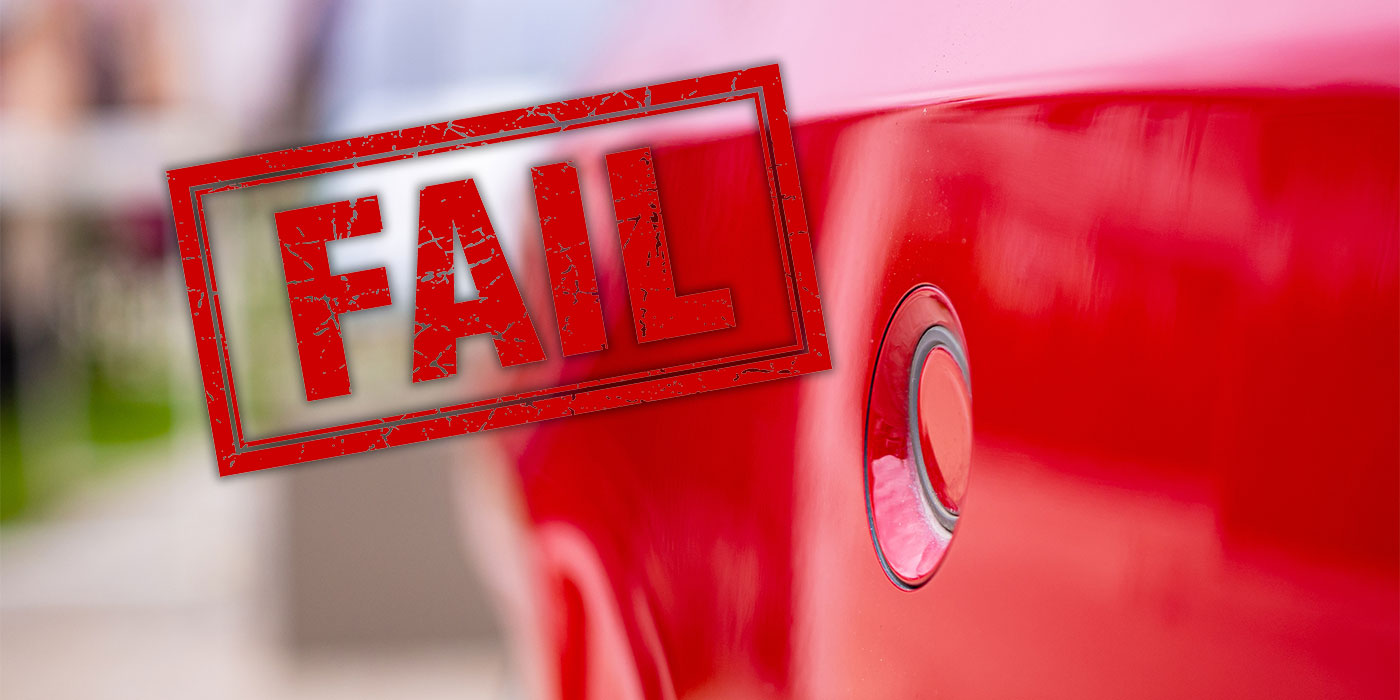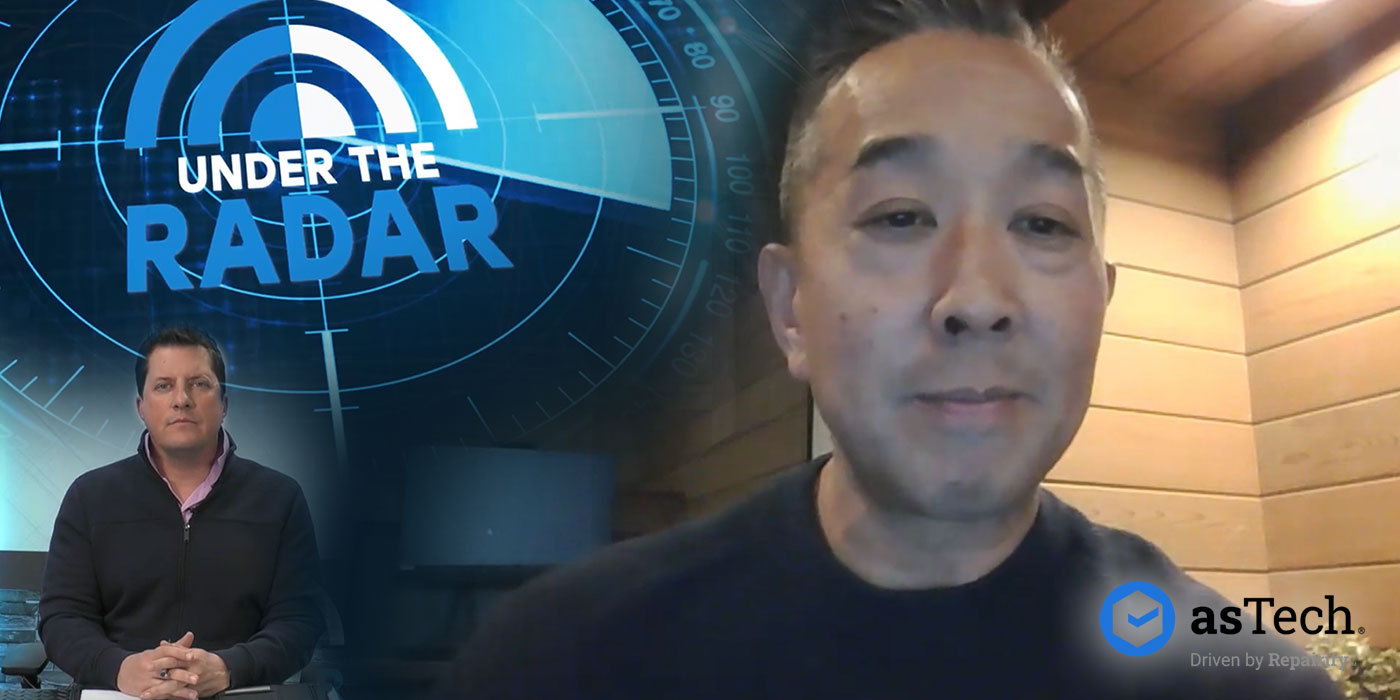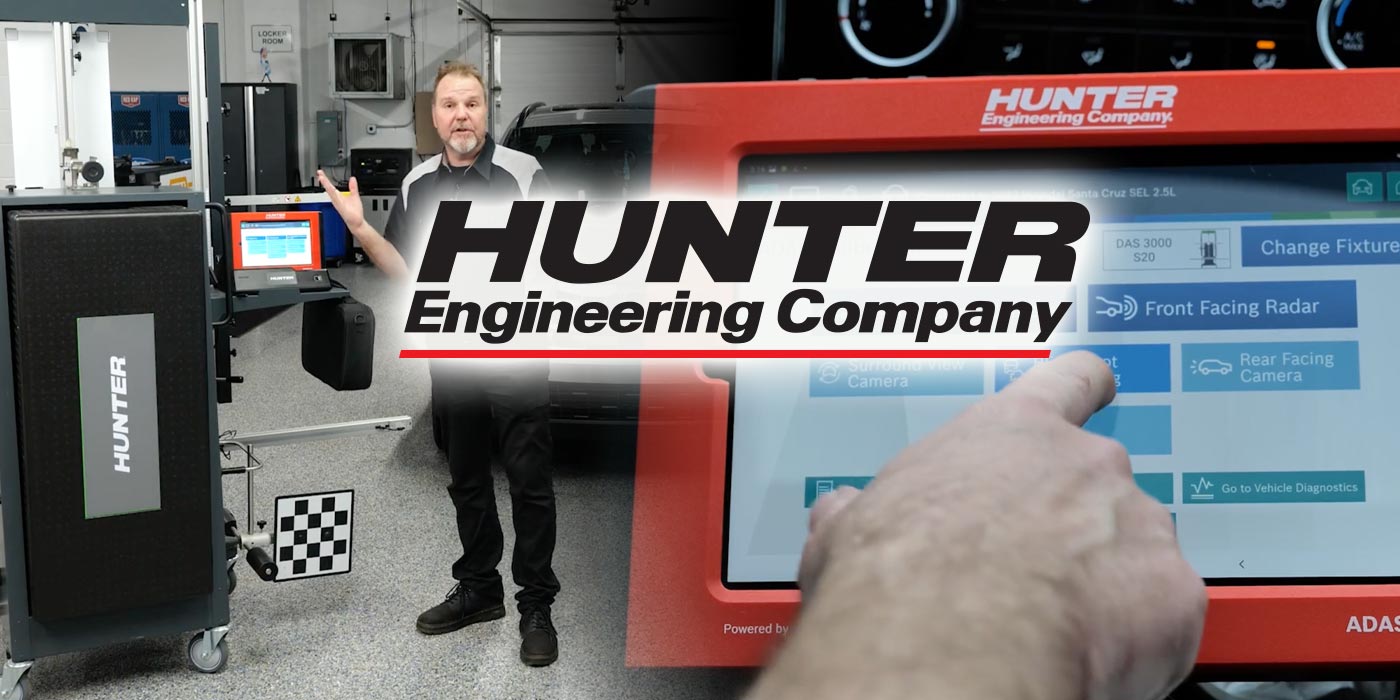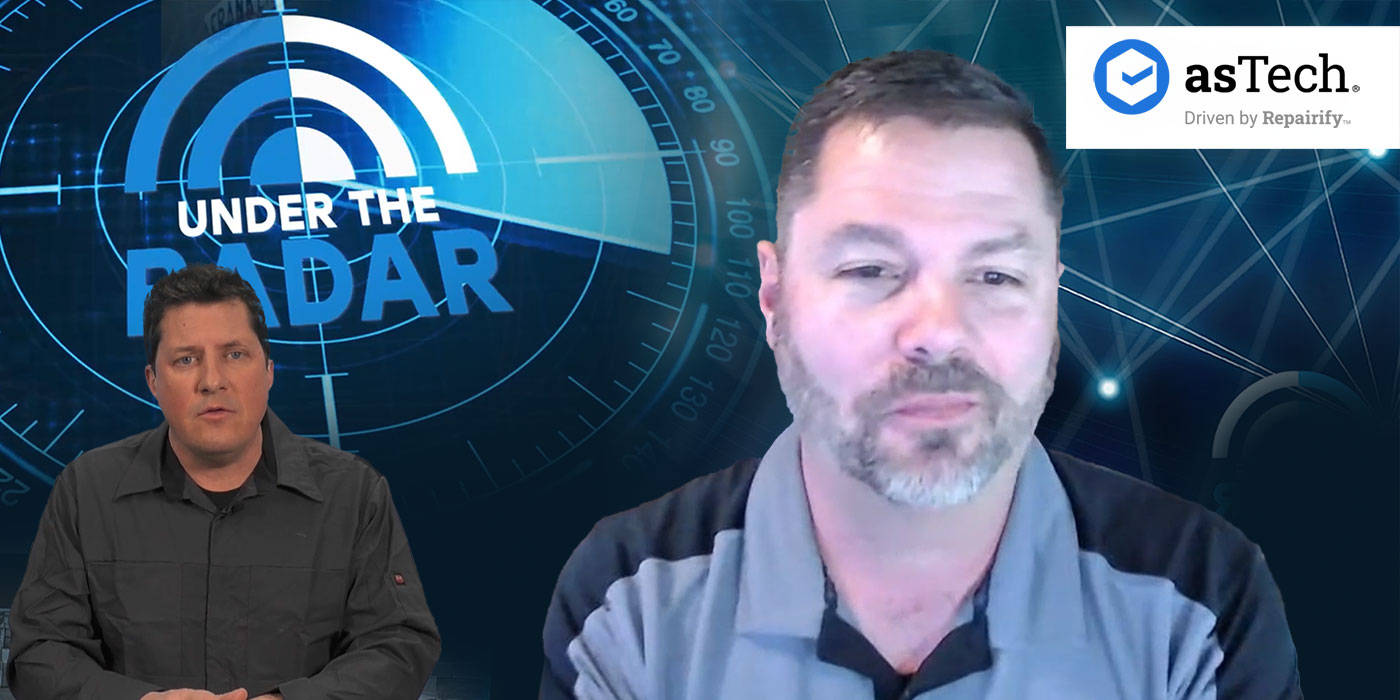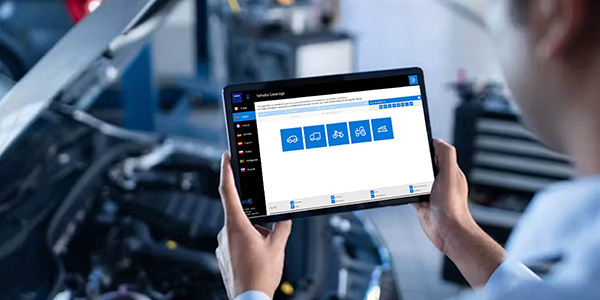I recently attended Auto Glass Week 2022 in San Antonio and was happy to see the auto glass industry stepping up to face all the challenges happening in the ever-changing world of auto repair.
The focus on forward-facing cameras for advanced driver-assistance system (ADAS) features has rapidly taken over the glass industry as vehicle manufacturers continue to increase ADAS in all vehicles. The auto glass industry, like the auto body industry, has had to learn in a very short time what it takes to repair vehicles with these safety systems correctly.
With all the equipment that is available either by purchasing or subletting to a vendor, how do you know you or your vendor calibrated the vehicle correctly? How do you document that you did all the right procedures? This is a very important piece to be thinking about as our industry and society enter a world where no one wants to take responsibility for his or her actions. How easily could a person claim a vehicle was not performing as designed after a crash?
With the changes occurring in vehicle repairs, documentation of what repairs you did and how you did them has become important to protect your business not only from liability but also fraudulent claims. There is a great deal of confusion and misinformation being spread in the industry about ADAS and calibrations, what and when they’re needed, and how they’re performed. There are also many examples where shortcuts and poor workmanship were exposed. In today’s world where everyone has a camera, it is imperative that we all do our jobs correctly. You never know who is watching or recording.
The repair industry is not new to the stigma that shops are cutting corners and billing for procedures not performed. This reputation has followed the entire industry for decades. In spite of all the work shops and associations have done to reverse this stigma, it still follows us. It only takes one person doing a shortcut to build or perpetuate mistrust in the entire industry. It also does not help when people post videos on the internet showing their tricks to “fixing” cars. We’ve all seen those videos and wonder: Who will see this and follow that idea? The number of people who actually do would surprise you. This stems from the fact that not everyone understands “why” technicians must follow procedures diligently.
The Why
In any vehicle repair, there is the need to assess when a calibration is needed to validate that the work was done correctly. Through either the crash, repair process or possible human error, a calibration is used to validate all is working and aimed correctly.
A calibration is needed to verify connection between sensors, modules or computers is complete and that the angle in which the sensors effectively “see” is correct, which includes any change to the attitude of the road or datum plane. Connection or communication issues with the vehicle’s systems set diagnostic trouble codes (DTCs) in the vehicle and are identified. There is a myth that if the ADAS sensors are not aimed correctly or if there is a problem in their alignment to the environment, a DTC will appear. This is not necessarily the case. The indicator that there is a problem because the sensors are not aligned correctly is a failed calibration. Therefore, it is important to validate that all repairs are complete by doing a calibration and then driving the vehicle to verify all systems are operational. This validation is dependent on technicians following all the steps required to perform a calibration correctly every time. The trust that a calibration is correct is based on the technician and his or her ability to follow the process; in reality, it comes down to, “Did the technician set the targets in the right place?” You can have a scan tool tell you the calibration was successful and be wrong. The vehicle may have calibrated or relearned to a faulty input of target location. This is why documentation of the calibration process should be added to files to confirm all procedures were done correctly.
As more drivers become dependent on ADAS features for everyday driving, validating and then verifying the systems are operating correctly is a process and responsibility that a repair facility must follow. Failure to do so may not just lead to a quality control issue with the customer but a serious consequence in today’s electronic-dependent society. When something is wrong, the first question that will be asked is, “How did you validate the system’s operation?” Your documentation or lack thereof will be in question.
What to Do
I want to be clear that the things I’ve mentioned in this article are suggestions as to some of what should be documented for records. Some of you will add more or take away others. It is in your best interest to establish best practices and make sure every file is complete with all documentation proving services were completed as well as where the process information came from. It’s a business decision to follow or not to follow. Only your legal counsel can give you advice on what you should document or not.
Whether you’ve purchased the equipment necessary to complete calibrations or sublet to a vendor, what is some of the documentation that should be placed in your file? The first thing is to verify that the scan tool is up-to-date. When a scan report — such as a pre-repair scan, calibration or post-repair scan — is completed, the report should have the scan tool used and serial number as well as the software version being used during the scan. If it is not in the report, a screen shot should be taken on the scan tool to add to your file.
In the world of vehicle electronics, change occurs every day. When vehicle manufacturers change something, your scan tool needs to update for these changes, particularly if you’re receiving step-by-step procedures from the scan tool itself. This is noted when new vehicle models reach the market. Does the scan tool have the ability to scan the new vehicles or the correct software to access the system control modules needed? A common practice when a scan tool is not capable of accessing a new vehicle is for a technician to pick the year prior to that model and use the information from that vehicle. It truly may be the same, but the issue now is that the VIN and year don’t match up on the report. This alone could be used to determine that the procedure was possibly done incorrectly.
Service Information
Service information (SI) is an interesting part of documentation. The SI in your documentation should be what you used to justify the need for the procedure. Normally, this is the original equipment manufacturer (OEM) SI that is provided.
There are various sources for this information, from OEM websites to various aftermarket websites and estimating software, to download into your file. This may not be the source of the SI your shop used to complete the calibration — it is justification from the OE that the procedure is required. If the actual SI being used to perform the calibration is from a different source, you need to include that source of information in your file.
You may be using SI from the scan tool you purchased or the software the sublet vendor is using, which may have different processes or measurements than the OEM information. This is a point of research you need to be aware of. If you’re subletting out calibrations and you have OE certifications, you may be violating rules if your vendor is using aftermarket software. Regardless, be sure the report you get from your vendor lists the tool used and software as well as the software version and SI used for your records. A bill alone showing the cost of service does not provide you the necessary documentation in the event of questions. If you’ve purchased equipment and are doing calibrations in-house, the same documentation should be on file.
In some cases, it should be noted that aftermarket tooling and software may have differences in measurements and targets used for calibration. There are other differences that could also be brought up, such as software access to the vehicle modules. Documenting all the above may help pinpoint where a shop needs to start looking if calibrations fail. Verifying measurements, targets and software to OEM specs is one of the best places to start diagnosing issues.
The OEM SI will also give you the vehicle manufacturer requirements to meet what it takes to do a calibration correctly. Add these to the file and verify that all were checked or followed. This can be done with pictures of each verification.
Document vehicle prerequisites where met:
- Is the floor level, and do you have documentation to prove it?
- Was the tank full of gas and all other fluid requirements met? (Photo of dash cluster in file)
- Cargo area or excess weight removed (photo)
- Were the tires inflated correctly? (Photo of tire placard)
- If needed, was an alignment performed before the calibration?
- Is alignment verified?
Additional photos or documentation to add include:
- Pre-repair scan report
- All pre-existing DTCs prior to starting work
- Document any DTCs that may affect calibration
- Calibration
- Report stating successful calibration
- In-process photos of target placement for static calibrations
- SI used for calibration
- Post-repair scan report
- Noting any reoccurring DTCs from test drive
- Was a test drive completed to verify operation? (Photo of dash cluster at beginning with vehicle on showing mileage at the start of the procedure and at the end of the test drive with mileage confirming that the test drive was done)
- Photos of the vehicle prior to starting work identifying any unrelated prior damage
- Photos at end of the test drive or dynamic calibration of vehicle noting the condition of the vehicle
Note: Shops and/or the sublet company will be driving vehicles, in some cases for a period of time. Without documentation of the vehicle condition prior to driving, it would be very easy for a customer to state unknown previous damage was not there before you worked on the vehicle.
Summary
A calibration is more complex than most repairers realize. It is not just plugging in and clearing codes. Documenting what you did for every file takes time and discipline, but it does pay off in the end knowing that you’re protecting you and your business from scrutiny in the event of billing or other issues arising from repairs.
There is so much more I can add to this, and many might think it’s overkill. I assure you it is not. How many of you reading this article have sent a vehicle to a subletter or even dealer and got a bill with no documentation of what the company did? Have you wondered if a subletter even did the procedure you sent the vehicle there for? It makes you think, doesn’t it? Having documentation and being consistent with your documentation builds trust that you’re doing the repairs correctly and providing value of your services. Whether you do your calibrations in-house or sublet, documentation should be complete.



